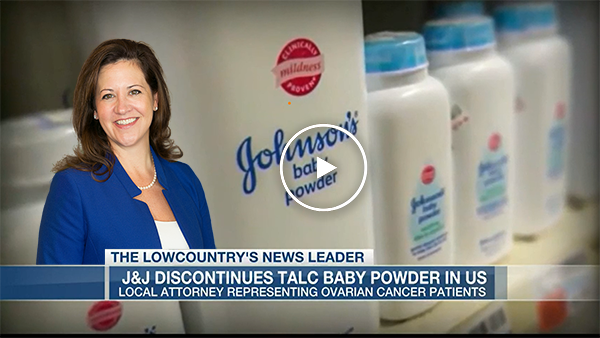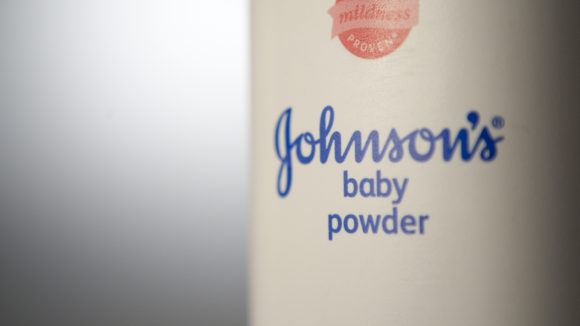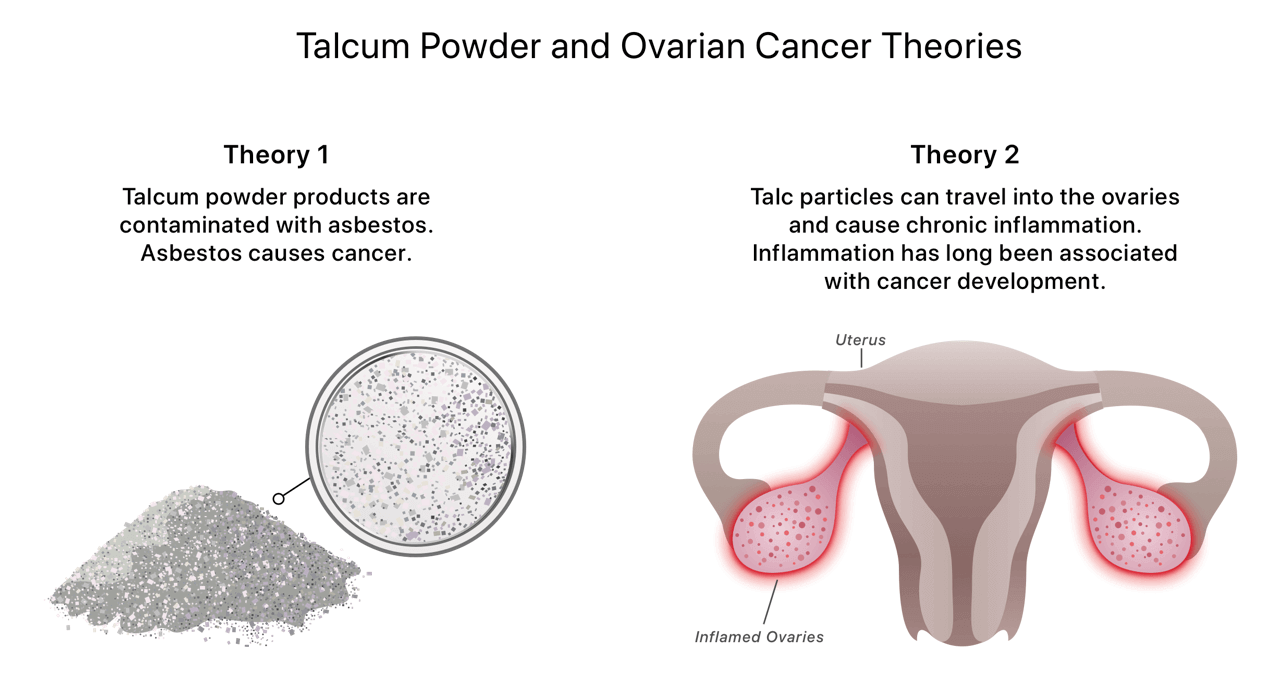Baby Powder Ovarian Cancer Commercial

New research on talc and ovarian cancer in february 2020 a study published in the journal of occupational and environmental medicine analyzed the tumors of 10 ovarian cancer patients who claimed they.
Baby powder ovarian cancer commercial. More than 16 000 women across the country have filed baby powder lawsuits against johnson johnson the world s largest manufacturer of health care products claiming the pharmaceutical giant failed to warn the public about the link between talcum powder. A pooled analysis of 8 525 cases and 9 859 controls. Please include at least one social website link containing a recent photo of the actor. We believe the jury in their verdict was speaking directly to johnson johnson ceo.
The ruling was the latest in the thousands of lawsuits that alleged baby powder use led to ovarian cancer. The use of talc powder has been linked to other types of cancer such as mesothelioma. Terry kl karageorgi s shvetsov yb et al. Ovarian cancer talcum powder lawsuits holding johnson johnson accountable for asbestos and heavy metal contamination in talcum powder.
Genital powder exposure and the risk of epithelial ovarian cancer. Baby powder submissions should come only from the actors themselves their parent legal guardian or casting agency. It awarded more than 70 million to a california woman who said she used johnson s baby powder for decades until her ovarian cancer diagnosis. The more baby powder that is used the stronger its link with ovarian cancer.
Talcum powder advocates tv spot ovarian cancer. This commercial was recorded on march 10 2015. Cancer causes control. According to the commercial johnson s baby powder has been directly related to cervical cancer.
Submissions without photos may not be accepted. So genital use of talc cannot be. New research on talc and ovarian cancer has found talc and asbestos fibers in ovarian tumors that match fibers found in talcum powder products. Genital powder use and risk of ovarian cancer.
But overall genital talc powder use is only weakly associated with ovarian cancer.














































